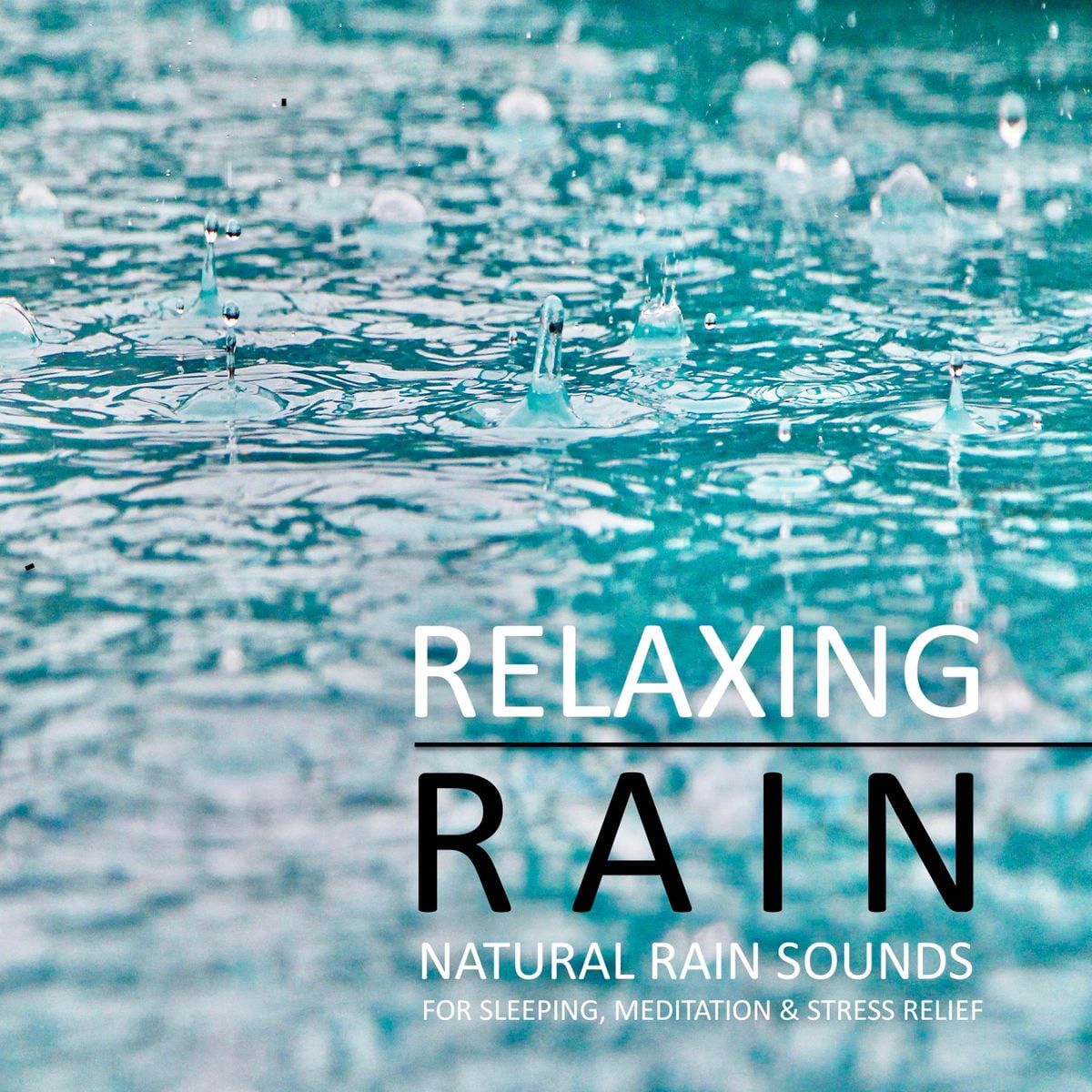

It’s a little more specific, but we can use it in a few ways. “Pelt” works really well as another option to describe the sound of rain. That thrum of rain is drowning out my sorrows! Pelt.The thrumming was exciting because I love the sound of rain.The rain was thrumming on the roof, and I could hear it in the basement.It’s also a great way to describe the noise since “thrum” itself sounds very similar to the noise that rain might make when it’s hitting a large, solid structure. The definition of “thrum,” according to The Cambridge Dictionary, is “to make a continuous low sound.”Ī “thrum” is a great noise for most people to listen to. The rain would “thrum” on the building itself. We mostly find this useful when describing the sound of rain from inside a building. It’s continuous and something that we would hear for long periods while it’s raining.

It works best when we’re indoors, and we can hear the rain outside.Ī “thrum” is a low humming noise.

We might be able to use “thrum” when we’re a little further away from the raining noise. The pitter-pattering was amazing, and I could listen to it all day.The pitter-patter of the rain was like music to my ears.Pitter-patter! That’s all I heard while it was raining last night.You might see “pitter-patter” work as follows: While it doesn’t strictly refer to the sound, it works well to describe how each raindrop interacts with the outside world. We can use it whenever it’s raining, and we want to show the level to which it’s happening. “Pitter-patter” is one of the most useful rain onomatopoeia choices out there.
Rain noises series#
The definition of “pitter-patter,” according to The Cambridge Dictionary, is “a series of quick, light knocking sounds.” The pitter-patter is a distinguishable noise, meaning you can almost identify each rain drop. It works to describe light or quick rain, where a lot of raindrops fall on the same surface at the same time. We can use “pitter-patter” to talk about most forms of rain. We can use this in just about every case where it’s raining, and we’re trying to explain the noise quickly. Watch the video: Only 1 percent of our visitors get these 3 grammar questions right.


 0 kommentar(er)
0 kommentar(er)
